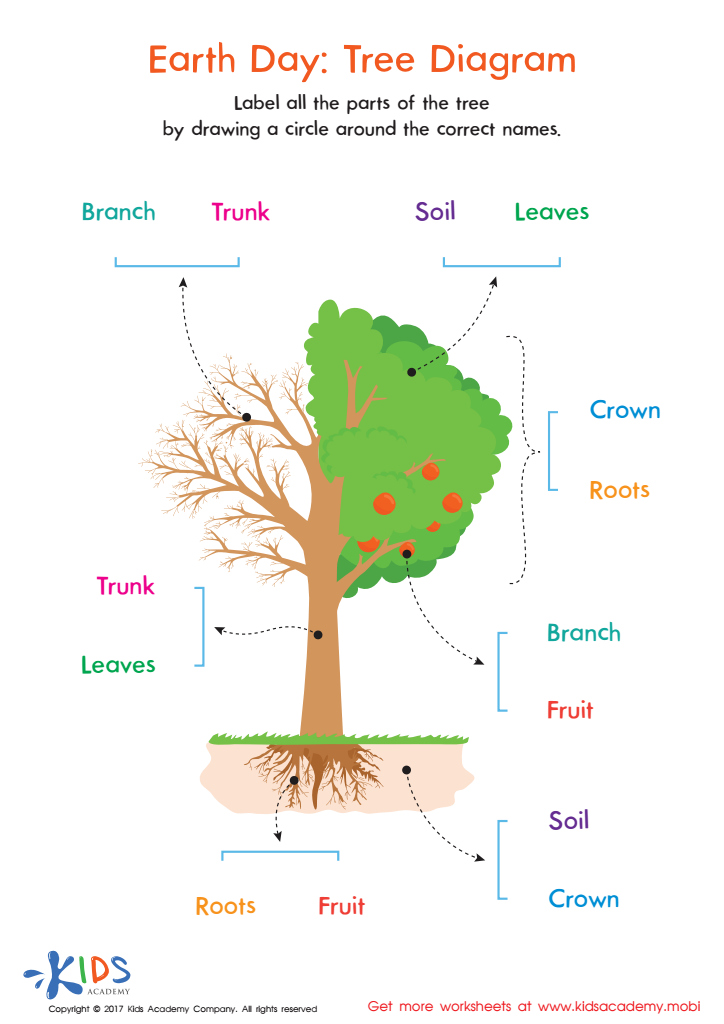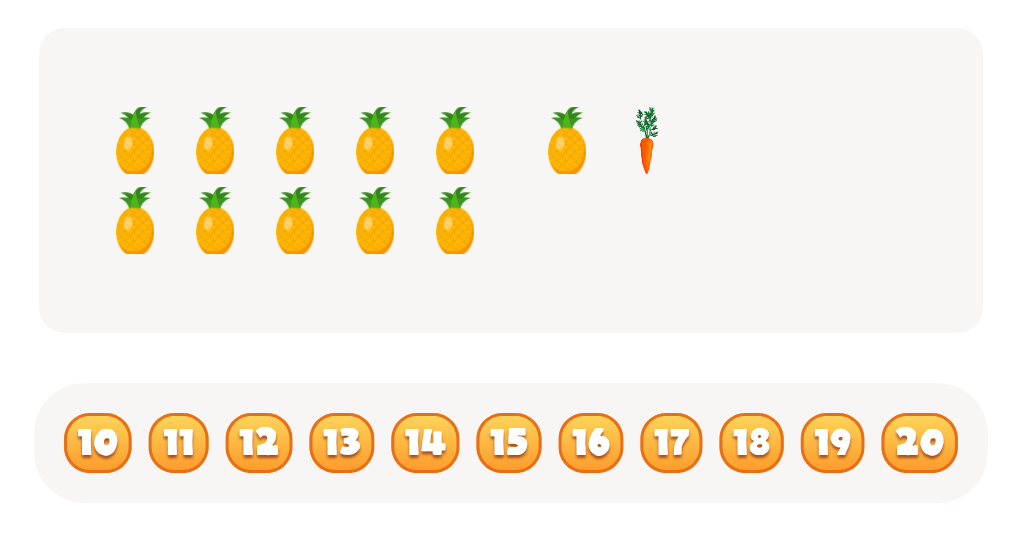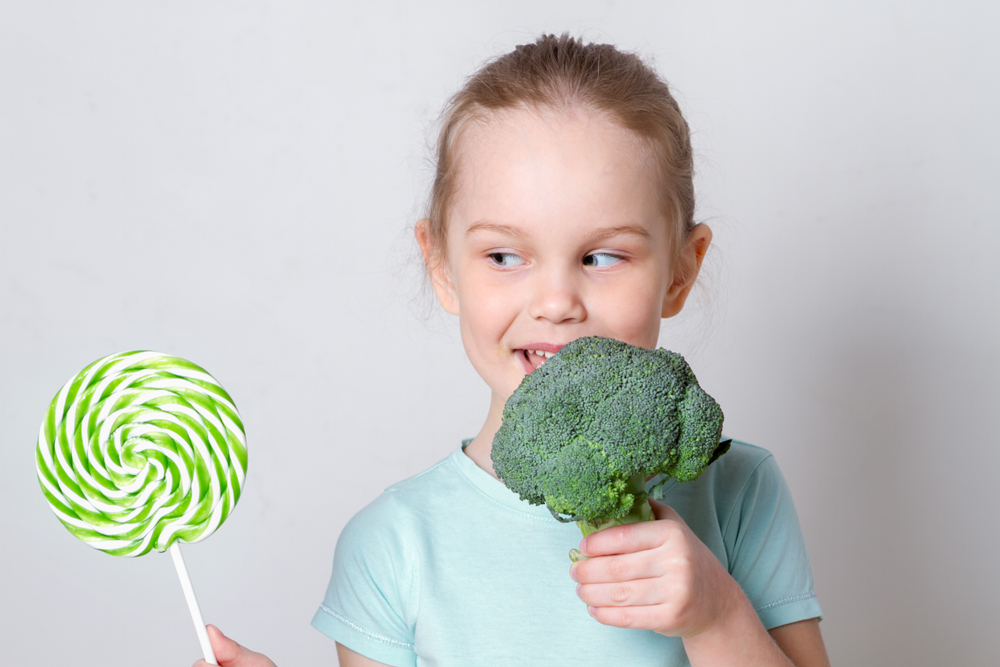Plants and Animals Worksheets for Ages 6-9
13 filtered results
-
From - To
Discover an engaging collection of Plants and Animals worksheets designed for children ages 6-9! These interactive resources help young learners explore the fascinating world around them through fun activities and captivating illustrations. Each worksheet encourages critical thinking, enhances knowledge about biodiversity, and develops essential skills in reading, writing, and comprehension. Perfect for teachers and parents alike, our worksheets cover key concepts related to plants, animals, habitats, and ecosystems. Foster a love for nature and science in your child while building their confidence in learning. Download and print these colorful worksheets today to inspire curiosity and a deep appreciation for the environment!


Mammals and Reptiles Worksheet


Where Do They Grow Worksheet


Matching Types of Leaves Printable


African Wildlife: Giraffe Worksheet


Earth Day: Tree Diagram Worksheet




Life Cycle of a Plant Worksheet


Identifying Living or Non–living Worksheet


Arctic Animals Worksheet


Life Cycle of Butterfly Printable


Arctic Animals: Polar Bear Worksheet
Parents and teachers should care about plants and animals when working with children aged 6-9 because they are vital to understanding our world. Learning about these topics fosters environmental awareness, encouraging children to appreciate and protect nature. Engaging with plants and animals can spark curiosity, leading to discussions about life cycles, ecosystems, and biodiversity, which are essential concepts in science.
Moreover, exploring nature provides children with opportunities to develop critical thinking and observational skills. They learn to ask questions, make connections, and understand interdependence, such as how plants provide oxygen and food for animals. This knowledge shapes their understanding of their role in the environment and the impact of human activities on natural habitats.
Additionally, caring for plants and animals instills values such as empathy, responsibility, and teamwork. Classroom activities like gardening or visiting local wildlife centers can promote collaboration and communication among peers.
Finally, early exposure to the wonders of nature can enhance creativity and emotional well-being, encouraging a sense of joy while fostering a love for the outdoors. By prioritizing the education on plants and animals, parents and teachers set the foundation for environmentally conscious citizens who value and sustain the planet.

 Assign to My Students
Assign to My Students


































